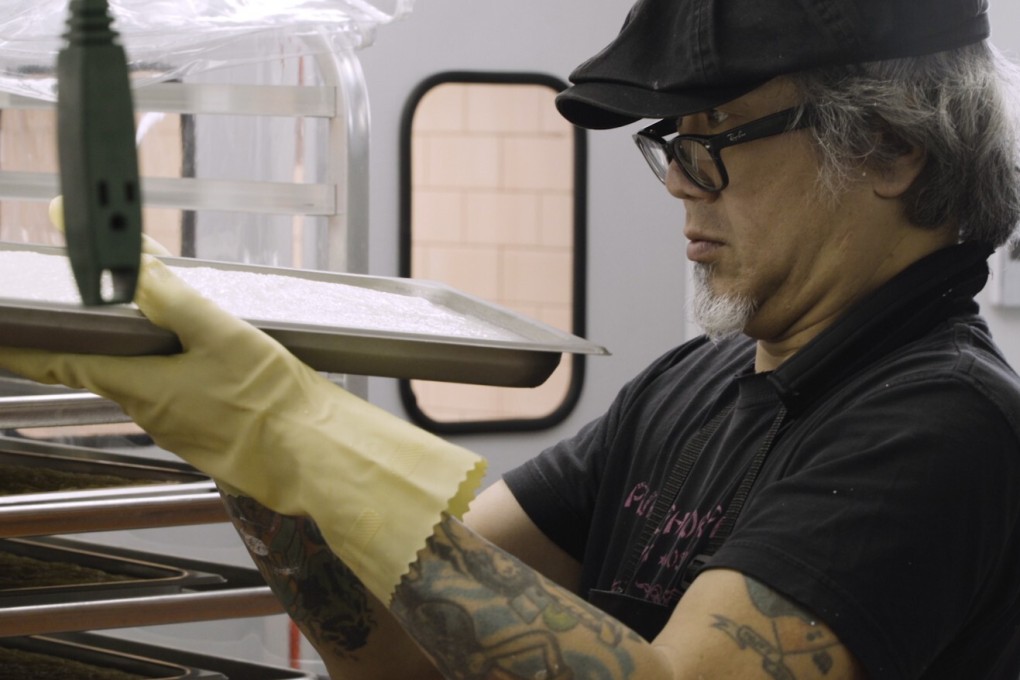Fong On’s Paul Eng: the man selling Cantonese rice cakes to hipsters in New York’s Chinatown
- When Paul Eng decided to reinvent his family’s rice cake and tofu business, there was a problem: he didn’t know the recipes
- He had to learn everything from scratch — and in the process rediscovered his family’s legacy

For more than 80 years, a small family-run shop in New York’s Chinatown attracted a loyal following for its fresh, handmade tofu and sweet spongy rice cakes.
So when Fong Inn Too closed in 2017 due to rising rents and falling demand, the family’s youngest son, Paul Eng, was determined to keep it going.
There was just one problem — he didn’t know to make anything they sold.
None of them were written down, and the old shop had used makeshift measuring tools: recycled milk cans, plastic buckets and ladles of all sizes.
“At the old store, they would say, ‘We use a cup of this’,” Eng recalled. “I’m like, ‘Well, what was the cup? Eight ounces?’ And they would say, ‘No, it’s a cup.’”
The cup, it turns out, was a coffee mug they had lying around on a kitchen shelf.
“They never had a measurement,” he said.